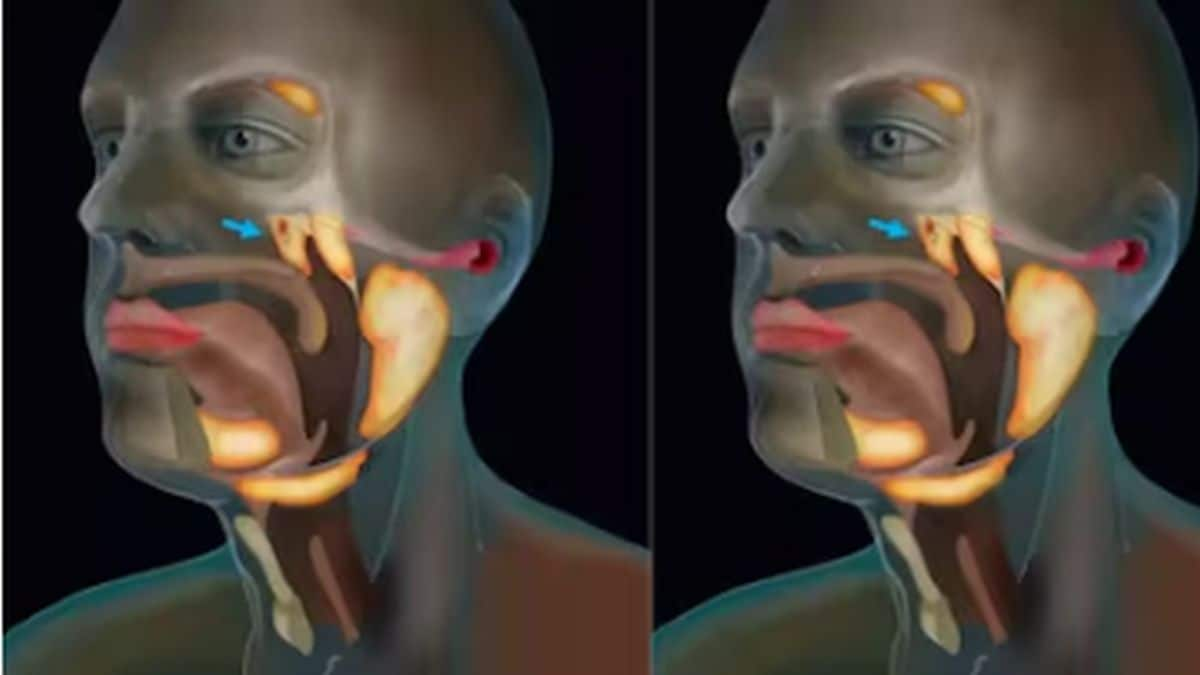Editor’s Note: This article, first published on 20 August 2019 is being republished in light of recent reports that at least two dozen people in Mathura district in western Uttar Pradesh have contracted scrub typhus. A potentially deadly bacterial infection known as scrub typhus was again in the news in August. On 16 August, the Hindustan Times reported that five people had died and at least 291 had tested positive for the infection in Himachal Pradesh. Scrub Typhus is an infectious disease caused by Orientia tsutsugamushi - a bacteria that lives in the salivary gland of mites like L. deliense and Leptotrombidium akamushi. The infection spreads when larval mites feed on human blood - rather than biting or piercing the skin, mite larvae usually insert a part of their mouths down the hair follicles or into pores on human skin. (Adult mites do not feed on human blood.) Wild and field rodents also play a key role in the spread of disease - they are carriers of the disease but don’t get the infection themselves. [caption id=“attachment_3293012” align=“alignleft” width=“380”]  Representational image. Getty images[/caption] Seeing the rising instance of scrub typhus infections in the Indian subcontinent, the health ministry recently issued an alert for the prevention, recognition and prompt treatment of the disease. History repeats The first case of scrub typhus came to light in Japan in 1899. India saw its first case of the infection in the Assam and West Bengal region, during World War II. Since then, the disease has affected tens of millions of people across South-East Asia, South Asia (mainly China and India) and North Australia. The disease has become endemic in a few regions of India, Indonesia, Maldives, Myanmar, Nepal, Sri Lanka and Thailand. Globally, 1 million people suffer from scrub typhus every year. This is despite it being easily treated with antibiotics like doxycycline. Tricky diagnosis The difficulty lies not so much in treating scrub typhus, as diagnosing it early enough. Consider the problems: first, it takes 7 to 14 days for the symptoms to show in a person bitten by an infected mite. Then when the person does manifest symptoms, they are usually non-specific symptoms like fever, chills, rash, headache and muscle ache. The one significant symptom is a lesion known as eschar at the bite site but that appears in 7-80% of patients. As the disease progresses, the person might feel mental confusion and enlarged lymph nodes. If there’s been no intervention until this stage, scrub typhus can turn into a life-threatening disease - in some cases, it can lead to death by multiple organ failure. Further, early diagnosis and prompt treatment with doxycycline, tetracycline or chloramphenicol can keep the mortality rate under 1%. Failure to treat in time, however, can take the mortality up to 50%. Because the symptoms are often unclear until it’s too late to treat, doctors may prescribe a blood test to check for scrub typhus as a precautionary measure. In Himachal Pradesh, doctors had tested 3,651 people for scrub typhus as of 16 August. The test looks for antibodies — the body’s own soldiers — to fight the infection. Immunofluorescence is a gold standard diagnostic aid for scrub typhus. Prevention is the best cure Scrub typhus is a portmanteau of ‘scrub’ — a type of vegetation where the mites live — and ’typhus’ which means ‘fever with stupor (state of near-unconsciousness or insensibility)’. Every year in the monsoon, the scrub typhus mites grow in great numbers in limited areas - they form so-called typhus islands where the risk of disease transmission is the highest. Just avoiding these bushy, forested areas and using insect repellent on clothes and skin can help prevent infection. Early detection is key to combating the disease. “Visiting your doctor for a check-up if you have been sick with flu-like symptoms has very few downsides,” said Dr Ayush Pandey, a medical practitioner associated with myUpchar.com. “If it’s nothing more than the flu, you’ll get peace of mind. If, on the other hand, it’s something more, your doctor can prescribe tests to rule out anything bad.” Health articles in Firstpost are written by myUpchar.com, India’s first and biggest resource for verified medical information. At myUpchar, researchers and journalists work with doctors to bring you information on all things health. To know more on this topic, please visit https://www.myupchar.com/en/disease/scrub-typhus
While scrub typhus is relatively easy to treat with antibiotics like doxycycline, the difficulty lies in diagnosing it early enough.
Advertisement
End of Article


)

)
)
)
)
)
)
)
)



